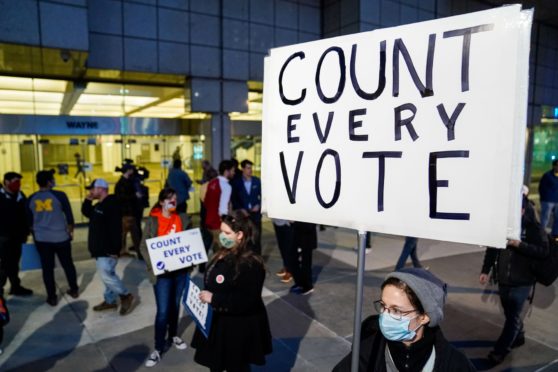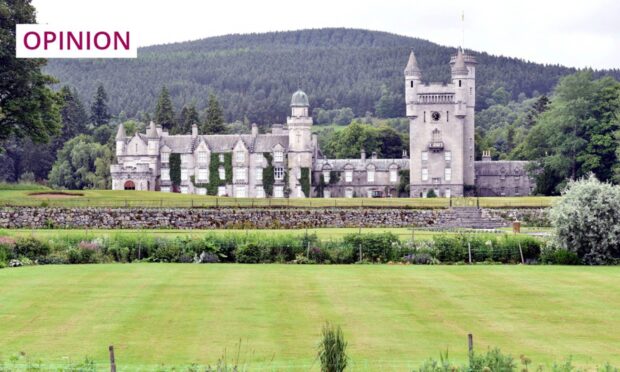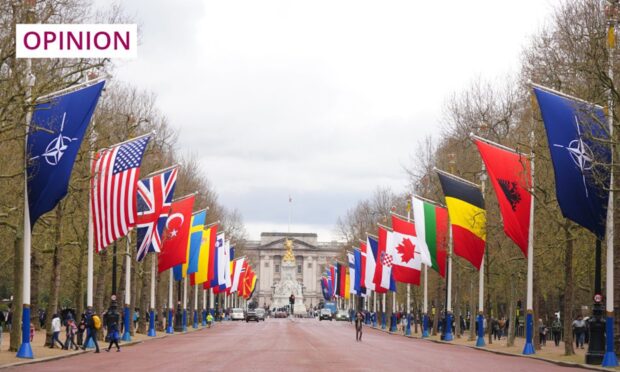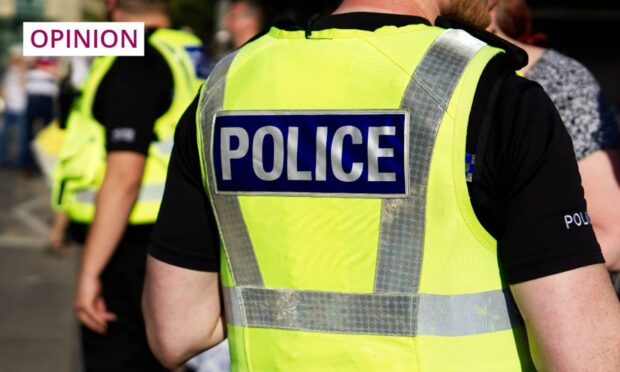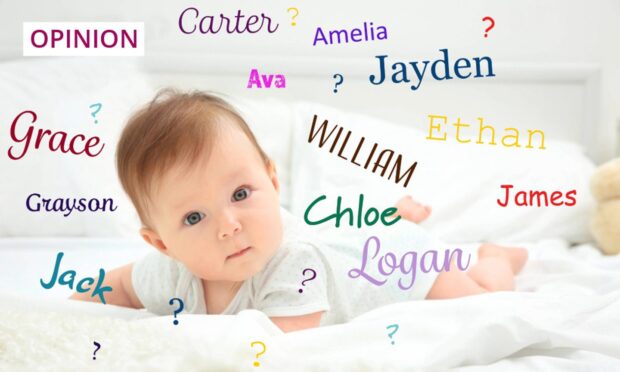LAST week, Donald Trump finally bowed to the inevitability of the fact that Joe Biden had beaten him in the race to the United States presidency. He did it with little good grace, and with continued mutterings of vote-rigging and cheating. Basically, he was trashing the democratic system on which the United States was founded.
One benefit of all the rows and controversy over the Trump-Biden contest is that we all now know far more about the American electoral system than we ever did. Their electoral college system, drawn up by the United States’ founding fathers, gives each of the states a number of delegate votes dependent on their population. Thus, states such as California or Texas have far more electoral delegates than, say, Alaska or Montana. Traditionally, though not by statute, the victor in each state has all of that state’s delegate votes.
This system, of course, can create anomalies, for example even if a candidate wins by 51 per cent to his opponent’s 49, he (as both candidates this time were men) receives all that state’s votes, thus effectively disenfranchising those in the minority. That means that a candidate can win the popular vote across the United States, and still lose the election, as happened with Hillary Clinton in 2016 and Al Gore in 2000.
There have been numerous unsuccessful attempts over the years to change the US system, despite polls demonstrating support among ordinary Americans for reform. Put simply, the system is flawed and could be improved.
Many different systems
But on this side of the Atlantic, do we have any justification for criticising our American cousins? Absolutely not. In Scotland, we have three regular elections under three different electoral systems – councils, Holyrood and Westminster – and none of them is perfect. Up to last year when the UK decided to leave the EU we even had a fourth set of elections, under a fourth electoral system.
Scottish council elections are held under the single transferrable vote system, where candidates are ranked in order of preference, with each ward electing three or four councillors. This replaced the previous first-past-the-post system, which allowed a party with less than half the votes to win an overwhelming majority of seats, as was the case for the Labour Party in Glasgow for many years. The result is that most Scottish councils now have no single party in overall control. It does give a more accurate reflection of the public vote but breaks the tie between an individual councillor and a local area.
Holyrood and Westminster
The Scottish Parliament uses a hybrid system combining constituency elected MSPs with “top-up” lists using the d’Hondt voting system, which is too complex to explain here, but is designed to create a roughly equivalent percent of elected members for each party for the number of votes they received. It works, roughly, but creates two classes of MSP, with constituency members able to point to the fact that they were elected on individual merit by electors, while their “top-up” colleagues were simply party place men or women. Parliamentary and party officials can state as often as they like that there’s technically no difference between the two types of MSPs, but the MSPs themselves know differently.
Then there’s Westminster. Of all the electoral systems, surely the first-past-the-post is the worst. In its defence, its supporters will point out that it produces – most of the time – majority government. But that majority is almost always elected by a minority of the electorate. Indeed, its most glaring deficiency can be seen in Scotland. For years in the latter half of the 20th century, Labour, with less than half the votes in Scotland, elected an overwhelming majority of Scotland’s MPs. And more recently, it has worked in the Scottish National Party’s favour. In 2015, the SNP took 50 per cent of the vote, yet won 56 out of the 59 Scottish seats – hardly proportional.
In the last European elections, held just last year you may remember, a variant of the d’Hondt system was used. Turnout was less than 40 per cent in Scotland, and with just 38 per cent of that figure, the SNP took three of the six available seats. In other words, they won half the seats with 15 per cent of the electorate.
The conclusion is an admission that none of the various democratic systems works perfectly, despite its two and a half thousand-year history reaching back to the Athenians. However, let Winston Churchill have the last word. While claiming that the best argument against democracy was a five-minute conversation with the average voter, he also admitted, “Democracy is the worst form of government – except for all the others”. On that we can surely all agree.
Campbell Gunn is a retired political editor who served as special adviser to two First Ministers of Scotland
